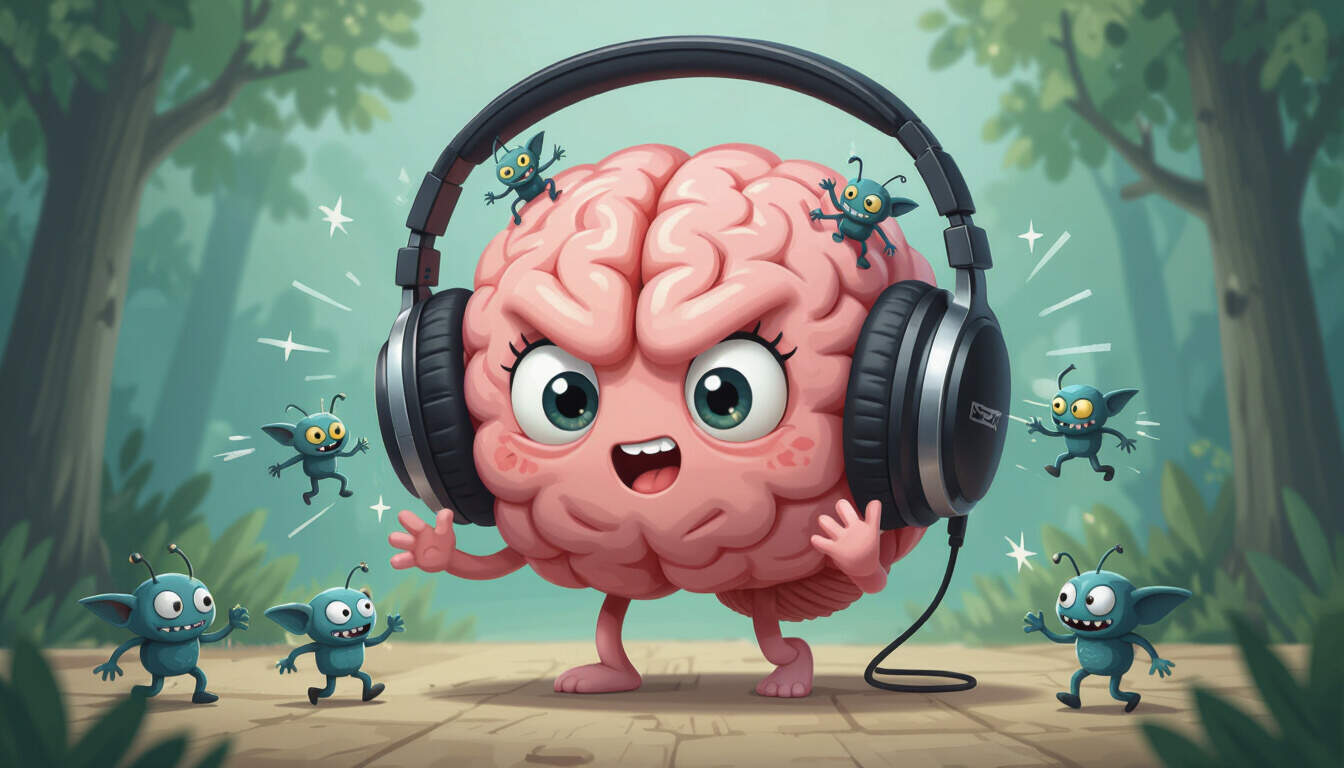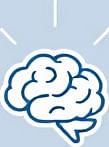Practical Tips for Limiting Distractions and Offloading Cognitive Load
 by Max Miller
by Max Miller
Discover effective strategies to limit distractions and ease mental overload in daily routines. This guide offers simple tips for students and professionals to boost focus and productivity through better cognitive management, leading to a clearer mind and improved efficiency.

In our busy lives, mental overload often stems from constant interruptions that pull attention away from important tasks. Limiting distractions plays a key role in managing this issue, allowing for smoother cognitive processes. For instance, notifications from devices can fragment focus, making it harder to complete work efficiently.
One effective approach is to start by identifying common sources of interference. Phones, emails, and social media are frequent culprits that add to daily mental strain. By recognizing these patterns, individuals can take steps to create a more controlled environment. This helps in reducing the overall burden on the brain, freeing up resources for more meaningful activities.
To begin, consider setting specific times for checking messages. Allocating fixed periods, such as during breaks, prevents the constant pull of incoming alerts. This method supports better concentration and allows the mind to engage deeply with one task at a time.
Another helpful strategy involves organizing your workspace. A tidy desk with only essential items can minimize visual clutter, which often leads to unintended shifts in attention. For example, keeping a computer screen free from unnecessary tabs reduces the temptation to wander off track.
Physical activity also contributes to this process. Taking short walks or stretching breaks can refresh the mind and provide a natural pause from digital demands. These moments help in resetting focus and lowering the accumulation of stress that builds up over time.
Strategies for Everyday Implementation
When incorporating these tips, it's useful to use tools that aid in control. Apps designed for focus, like those that block websites during work hours, can be particularly beneficial. By selecting such options, users maintain a boundary between work and leisure, enhancing overall output.
For students, this might mean studying in a quiet room away from family activities. Creating a dedicated space encourages sustained attention on academic tasks, leading to better retention and less frustration. Similarly, professionals can apply this by scheduling meetings in blocks, avoiding the scatter of back-to-back sessions that drain energy.
Building habits around routines is another vital aspect. Starting the day with a clear plan, such as listing priorities, sets a foundation for the hours ahead. This practice reduces the mental effort needed to decide what comes next, allowing for more fluid progress.
In group settings, like offices or classrooms, coordinating with others can amplify these efforts. Agreeing on quiet periods or shared guidelines for device use fosters a collective atmosphere of focus. Such agreements help in maintaining productivity without individual strain.
Long-Term Benefits
Over time, consistently limiting distractions leads to noticeable improvements in mental clarity. People often report higher levels of satisfaction and reduced fatigue after adopting these practices. For instance, regular implementation can enhance memory and problem-solving skills by giving the brain space to process information effectively.
This approach is adaptable for various lifestyles. Whether you're a parent juggling family duties or an employee handling multiple projects, small changes add up. By prioritizing these adjustments, individuals build resilience against the demands of modern life.
Encouraging self-reflection is also important. At the end of each day, reviewing what worked and what didn't provides insights for refinement. This ongoing assessment ensures that strategies remain relevant and effective.
In essence, by focusing on practical steps like managing notifications and organizing spaces, anyone can achieve a lighter cognitive load. The key lies in consistent application, leading to a more balanced and productive existence.
Additional Tips in Action
To make this concrete, consider a simple daily routine:
- Morning: Review and prioritize tasks to set intentions.
- Work periods: Use timers for focused intervals, followed by short rests.
- Evenings: Reflect on the day's distractions and plan adjustments.
These elements, when combined, form a supportive framework for ongoing improvement. Ultimately, the goal is to foster a state where the mind operates with greater ease, turning potential overload into manageable flow.
